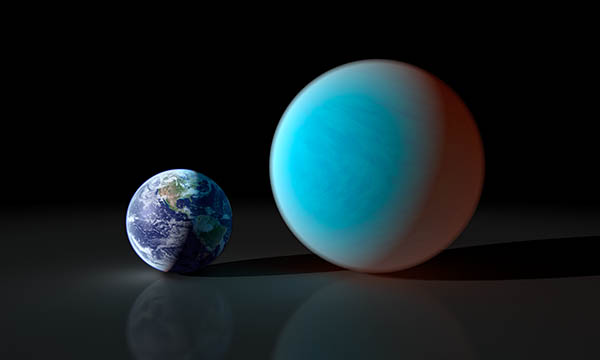
New Delhi: The National Aeronautics and Space Administration (NASA) has discovered a planet that can potentially support life, located a not-too-distant (by astronomical standards) 137 light-years away.
“A ‘super Earth’ ripe for further investigation orbits a small, reddish star that is, by astronomical standards, fairly close to us — only 137 light-years away. The same system also might harbour a second, Earth-sized planet,” the American space agency said in a press release.
Dubbed TOI-715 b, the planet is around one-and-a-half times as wide as Earth, and completes a full orbit (a year) in just 19 days.
Its orbit is within the “conservative” habitable zone around the parent star, possibly indicating that it may form liquid water on its surface, according to NASA.
NASA added that several other factors will have to fall in place for surface water to be present, especially having a suitable atmosphere.
“But the conservative habitable zone — a narrower and potentially more robust definition than the broader ‘optimistic’ habitable zone — puts it in prime position, at least by the rough measurements made so far. The smaller planet could be only slightly larger than Earth, and also might dwell just inside the conservative habitable zone,” NASA stated.
“Much will depend on the planet’s other properties, including how massive it is and whether it can be classed as a ‘water world’ – making its atmosphere, if present, more prominent and far less difficult to detect than that of a more massive, denser and drier world, likely to hold its lower-profile atmosphere closer to the surface,” NASA said.


Comments are closed.